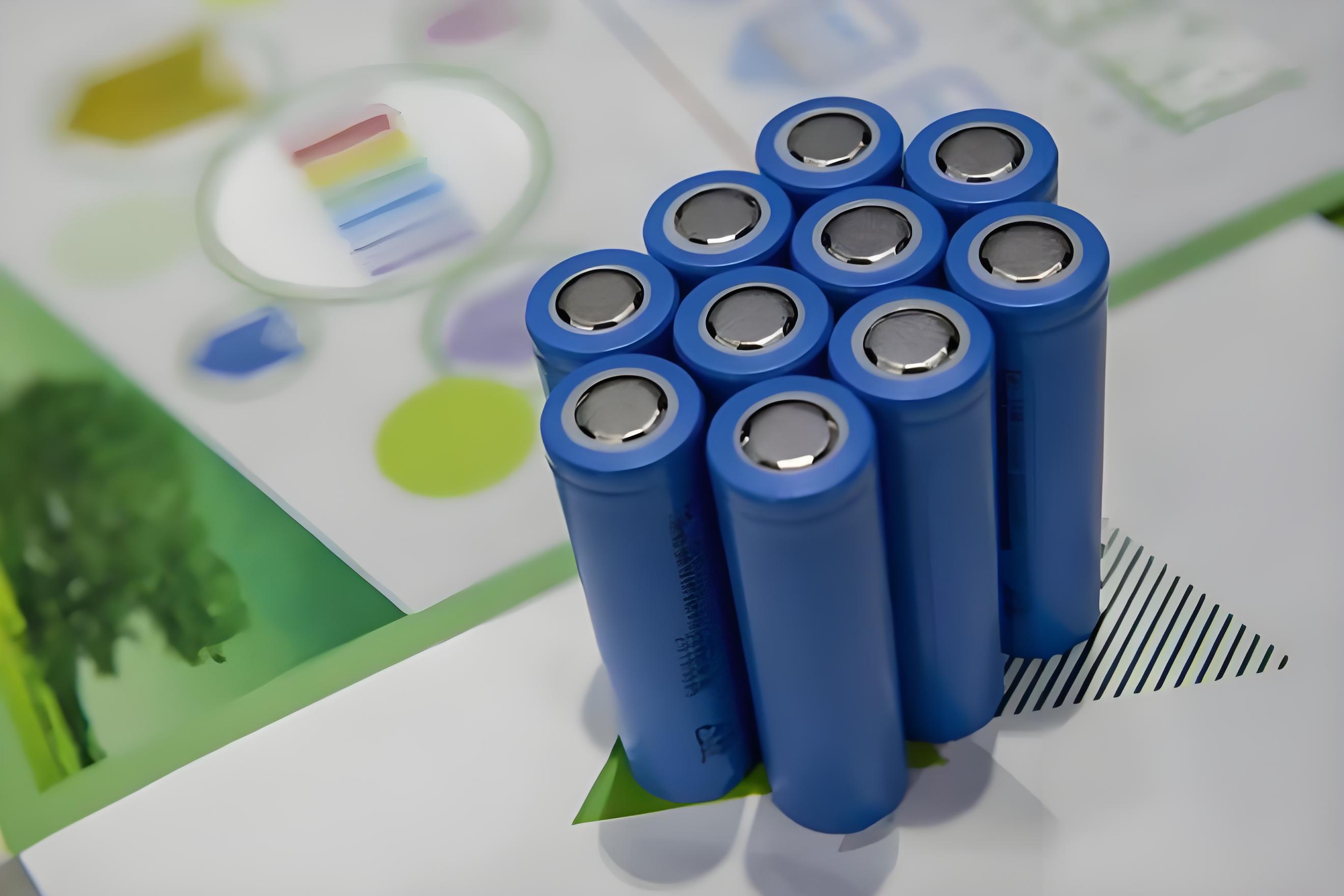Въведение
Батериите са съществена част от ежедневието, захранвайки широка гама от устройства - от дистанционни управления до електрически превозни средства. Два от най-често използваните видове батерии саЛитиево-йонна (Li-ion)иАлкални батерииВъпреки че и двата служат за осигуряване на енергия, те са предназначени за различни приложения и предлагат различни предимства и недостатъци. Тази статия разглежда характеристиките, силните и слабите страни на двата вида и подчертава разликите между тях, за да ви помогне да разберете кой от тях отговаря най-добре на вашите нужди.
Какво представляват алкалните батерии?
Алкални батерииса вид първична батерия, която използва алкален електролит – обикновено калиев хидроксид. Те са за еднократна употреба и не могат да се презареждат, което ги прави популярен избор за устройства за еднократна употреба.
Характеристики:
- НепрезареждаемАлкалните батерии са за еднократна употреба и трябва да се изхвърлят след изтощаване.
- Химичен съставТе използват цинков и манганов диоксид като електроди, с алкален електролит.
- НапрежениеОбикновено осигуряват номинално напрежение от 1,5 V на клетка.
Предимства:
- РентабилноАлкалните батерии са евтини и широко достъпни.
- Дълъг срок на годностТези батерии могат да задържат заряда си в продължение на няколко години, ако се съхраняват правилно.
- Широко достъпенТе лесно се намират в магазините по целия свят в различни размери.
Недостатъци:
- НепрезареждаемСлед като зарядът се изчерпи, те трябва да бъдат сменени.
- Ограничен животТе са по-малко подходящи за устройства с висока консумация на енергия, тъй като изходното им напрежение намалява по-бързо, отколкото при акумулаторните батерии.
- Въздействие върху околната средаИзхвърлянето на алкални батерии за еднократна употреба създава повече отпадъци в сравнение с презареждащите се батерии.
Често срещани размери:
- AA, AAA, C, D и 9Vса най-често срещаните размери за алкални батерии.
Често срещани употреби:
- Дистанционни управления, фенерчета, часовнициииграчкиса някои от типичните устройства, които използват алкални батерии.
Какво представляват литиево-йонните батерии?
Литиево-йонни (Li-ion) батерииса вид акумулаторна батерия, често използвана в устройства с висока консумация на енергия. Тези батерии предлагат по-голяма енергийна плътност в сравнение с други акумулаторни батерии и са идеални за преносима електроника.
Характеристики:
- АкумулаторнаЛитиево-йонните батерии могат да се презареждат стотици или дори хиляди пъти.
- Химичен съставТе използват литиеви съединения като електроди, с различни конструкции в зависимост от конкретния случай на употреба.
- НапрежениеОбикновено осигуряват номинално напрежение от 3,6 V до 3,7 V на клетка.
Предимства:
- Висока енергийна плътностЛитиево-йонните батерии могат да съхраняват повече енергия при същия размер в сравнение с алкалните батерии.
- ЛекаТези батерии са много по-леки от другите акумулаторни батерии, което ги прави идеални за преносими устройства.
- Нисък процент на саморазрежданеЛитиево-йонните батерии губят заряда си много бавно, когато не се използват, което им позволява да се съхраняват по-дълго време между употребите.
Недостатъци:
- ЦенаЛитиево-йонните батерии са по-скъпи от алкалните батерии по начало.
- Деградация с течение на времетоЛитиево-йонните батерии се износват с всеки цикъл на зареждане, намалявайки капацитета си с течение на времето.
- Проблеми с температуратаТе могат да прегреят или да се запалят, ако са неправилно заредени или изложени на високи температури.
Често срещани размери:
- 18650, 21700ипризматични клеткиса най-често срещаните размери литиево-йонни батерии, особено в устройства като лаптопи и електрически превозни средства.
Често срещани употреби:
- Смартфони, лаптопи, електрически превозни средстваиелектрически инструментиса основните приложения на литиево-йонните батерии поради високата им енергийна плътност и възможността за презареждане.
Каква е разликата между алкалните и литиево-йонните батерии?
- ПрезареждаемостАлкалните батерии не са презареждаеми, докато литиево-йонните батерии са презареждаеми.
- Енергийна плътностЛитиево-йонните батерии осигуряват много по-висока енергийна плътност, което означава, че могат да съхраняват повече енергия в по-малък размер в сравнение с алкалните батерии.
- Продължителност на животаАлкалните батерии са предназначени за еднократна употреба, докато литиево-йонните батерии могат да издържат стотици или хиляди цикли на зареждане.
- ЦенаАлкалните батерии са по-евтини в началото, но трябва да се сменят често, докато литиево-йонните батерии са по-скъпи, но издържат много по-дълго.
- Въздействие върху околната средаАлкалните батерии създават повече отпадъци, тъй като са за еднократна употреба, докато литиево-йонните батерии могат да се използват повторно, но изискват специално изхвърляне поради химичния си състав.
- НапрежениеАлкалните батерии обикновено осигуряват 1,5 V на клетка, докато литиево-йонните батерии предлагат около 3,6 V-3,7 V на клетка, което прави литиево-йонните батерии по-подходящи за устройства с висока консумация на енергия.
Алкални и литиево-йонни батерии - кое е по-добро?
Изборът между алкални и литиево-йонни батерии зависи от предназначението им:
- Заустройства за еднократна употреба с ниско потребление на енергиякато например дистанционни управления и фенерчета,алкални батерииса по-рентабилен вариант.
- Заустройства с висока консумация на енергиякато смартфони, лаптопи и електрически превозни средства,Литиево-йонни батерииса по-добрият избор поради презареждаемостта си, по-дългия живот и по-високия енергиен капацитет.
Заключение
Както алкалните, така и литиево-йонните батерии имат своите силни страни и специфични случаи на употреба. Алкалните батерии са достъпни, за еднократна употреба и са идеални за устройства с ниско потребление на енергия, докато литиево-йонните батерии са идеални за високопроизводителни устройства, които изискват дълготраен, презареждаем източник на захранване. Правилният избор зависи от вашите нужди – независимо дали давате приоритет на икономическата ефективност или дългосрочната производителност.
Време на публикуване: 11 септември 2024 г.

